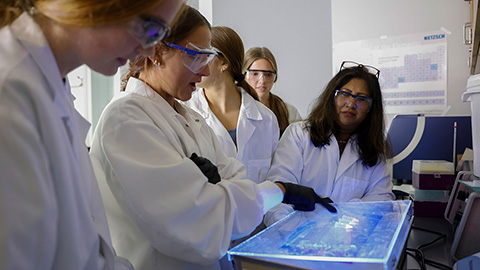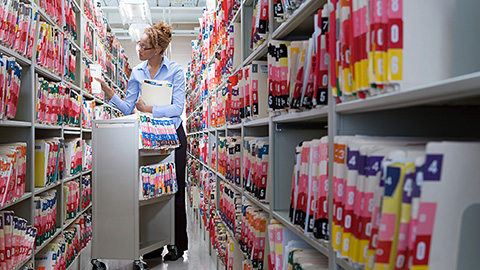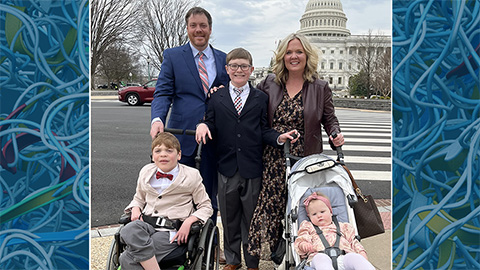
The climate change issue
Storms. Drought. Fire. Flooding. Stifling heatwaves. Unseasonable cold snaps. Lakes vanish in some regions, while land washes away in others.
The effects of climate change may be uneven, but they are undeniably being felt around the world. In response, more and more biochemists are looking for ways to contribute their expertise to political and technical solutions.
The articles in this month’s special section explore a few of the many threads connecting biochemistry to the climate crisis.
Researchers are hard at work to understand how organisms respond to escalating heat stress on a molecular level, and how their responses may alter global biogeochemistry. They are exploring new ways to use environmental DNA to trace ecological shifts — and synthetic DNA to store our ever-increasing information archives at a lower energy cost. Industrial researchers are investigating approaches to make manufacturing more sustainable using enzymes. Meanwhile, educators work to raise public awareness of the climate crisis and to make biochemistry feel relevant to future students.
Even geologic carbon sequestration has a metagenomics story waiting to be heard.
Here are links to our eleven climate change articles. Read on.
What does biochemistry have to do with climate change?
Artists, technologists bring data storage to life
A probiotic for the environment’?
Bears, fungi and global warming
Regenerative agriculture: A boost for soil health
CALeDNA: Tracking biodiversity at the molecular level
‘Filling the void of the virosphere’
Enjoy reading ASBMB Today?
Become a member to receive the print edition four times a year and the digital edition monthly.
Learn moreGet the latest from ASBMB Today
Enter your email address, and we’ll send you a weekly email with recent articles, interviews and more.
Latest in Opinions
Opinions highlights or most popular articles

Debugging my code and teaching with ChatGPT
AI tools like ChatGPT have changed the way an assistant professor teaches and does research. But, he asserts that real growth still comes from struggle, and educators must help students use AI wisely — as scaffolds, not shortcuts.

AI in the lab: The power of smarter questions
An assistant professor discusses AI's evolution from a buzzword to a trusted research partner. It helps streamline reviews, troubleshoot code, save time and spark ideas, but its success relies on combining AI with expertise and critical thinking.

How AlphaFold transformed my classroom into a research lab
A high school science teacher reflects on how AI-integrated technologies help her students ponder realistic research questions with hands-on learning.

Writing with AI turns chaos into clarity
Associate professor shares how generative AI, used as a creative whiteboard, helps scientists refine ideas, structure complexity and sharpen clarity — transforming the messy process of discovery into compelling science writing.

Teaching AI to listen
A computational medicine graduate student reflects on building natural language processing tools that extract meaning from messy clinical notes — transforming how we identify genetic risk while redefining what it means to listen in science.

What’s in a diagnosis?
When Jessica Foglio’s son Ben was first diagnosed with cerebral palsy, the label didn’t feel right. Whole exome sequencing revealed a rare disorder called Salla disease. Now Jessica is building community and driving research for answers.

